Yi embroidery weaves its magic
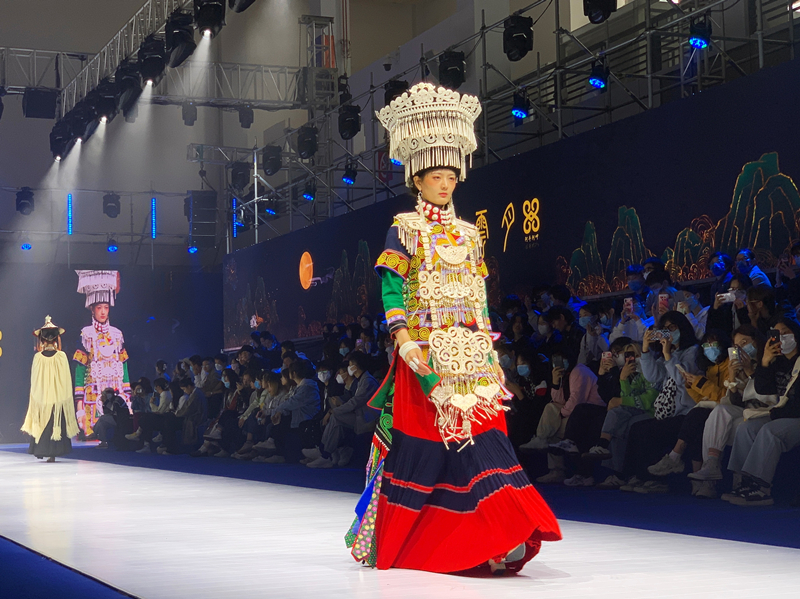
Models strut their stuff in a fashion show featuring Yi ethnic garments during the Ningbo Fashion Festival in Zhejiang province late last month. [Photo by Yu Yin/China Daily]
Seyedeh Sara Ahmadi Nishaboori, a Chinese culture enthusiast from Iran who resides in Ningbo, Zhejiang province, certainly knew embroidery had a long history in China. However, she is still amazed when watching, on-site, how embroidered pieces from the Yi ethnic group in Sichuan province are made.
"Fashion exists not only in our modern time but also in the past," she tells China Daily during her visit to the 2021 Ningbo Fashion Festival and the 25th Ningbo International Fashion Fair. "Clothing and accessories are both carriers of culture. The history and culture can be passed down from generation to generation and promoted to the world through these tangible things."
This year's Ningbo fashion fair was held last month and it included exhibitions, forums and competitions.
The Yi embroidery demonstration, and the following fashion show, which Nishaboori attended, showcased the development of Yi ethnic costumes from traditional to modern.
Enchanted by the beautiful costumes and accessories displayed at the fair's exhibition area showcasing products of Sichuan's Liangshan Yi autonomous prefecture, she tried handmade headgear, designed specially for unmarried women in Yi culture.
"The exhibitor told me that every pattern on the costumes has a story. Some resemble the window of the ancient yamen (government office), while the inspiration for another came from the roots of strawberries," she says.
The young expat, who is running a design workshop, says she was inspired at the fair.
This year marks the first that Ningbo has been paired with Liangshan Yi autonomous prefecture under the east-west poverty relief program by the central government, as well as the first year that the autonomous prefecture has had a presence at the Ningbo fashion fair.
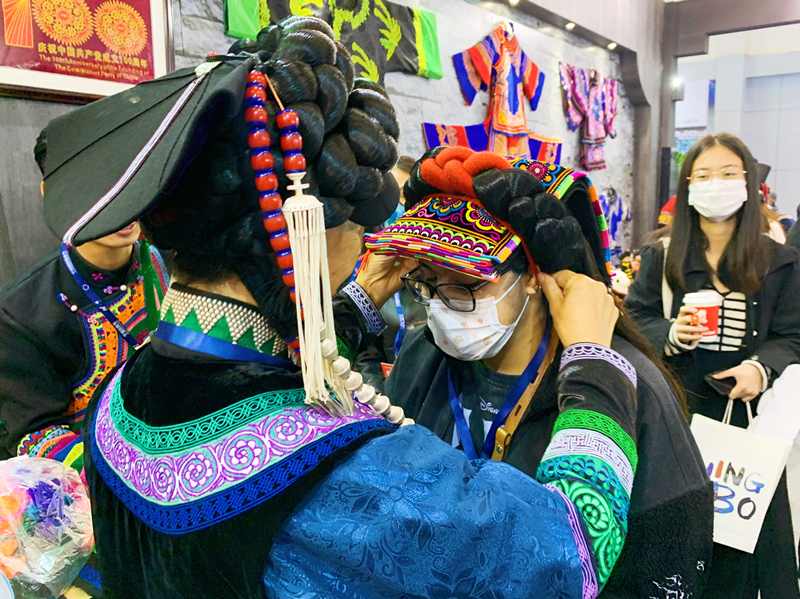
Yi garment inheritor Axi Wuzhimo fits Seyedeh Sara Ahmadi Nishaboori, a Chinese culture enthusiast from Iran, with headgear at the 25th Ningbo International Fashion Fair. [Photo by Yu Yin/China Daily]
Seven companies from the prefecture presented their products and the techniques employed to make them at the fair, most of which have been inscribed on the national list of intangible cultural heritage, such as Yi silverwork, embroidery and wool-weaving.
Axi Wuzhimo, founder of a professional Yi embroidery cooperative in Ganluo county, called Yizhen Yixian (Yi needle, Yi thread), displayed its needlework at the fair.
Handed down by her mother, Axi started to learn the Yi embroidery technique at the age of 10 and has been practicing it for more than 40 years.
The embroiderer started her own business in 1993 and has been dedicated to innovating the traditional technique for many years, such as using embroidery in the design of notebooks.
Axi has also joined in with local poverty alleviation efforts. She has taught the technique to more than 4,300 people, most of whom are female villagers. About 800 embroiderers among them are currently working at the cooperative.
"They are not full-time workers. They do embroidery when they are not working in the fields," says Abu Wuda, Axi's son, who also works at the cooperative.
According to Abu, due to the part-time work, the average annual income for those handicrafting villagers has risen by 5,000 yuan ($780).
"One of the reasons why we attend the Ningbo fashion fair is to show the results of our poverty alleviation work," says Abu. "The rapid development of the embroidery sector in Liangshan Yi autonomous prefecture has prompted us to tap a broader market outside the prefecture."
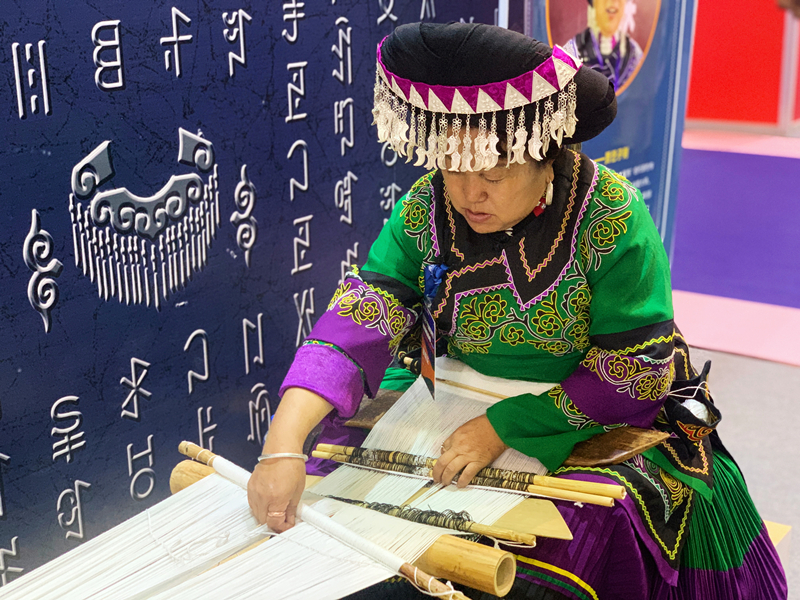
Jiaba Zize, another Yi garment inheritor, displays her weaving skills at the fair. [Photo by Yu Yin/China Daily]
On the first day of the fair, Abu received many purchase orders.
"This fair provides a great opportunity for us to seek cooperation with companies and designers that are interested in Yi embroidery, which is also a way to promote the Yi culture and increase the income of our part-time embroiderers," he says.
Jiwu Yizuo, an official of the Liangshan prefecture's culture and tourism bureau, stresses the significance of the fair in the protection efforts of the intangible cultural heritage. "The traditional techniques of the Yi ethnic group have reached the outside world and have been promoted in the coastal cities so that more people can learn about the Yi culture and about the prefecture," Jiwu says.
Qiu Dongyao, mayor of Ningbo, said at the opening ceremony of the Ningbo fashion fair on Oct 21 that "Ningbo was grounded in the garment industry".
"It is one of the country's largest bases for textile and garment manufacturing. The Ningbo International Fashion Fair, which was initiated in 1997 and integrated with the Ningbo Fashion Festival two years ago, has witnessed the development and prosperity of the local garment industry," Qiu says.
Ningbo's industrial output in the fashion sector reached 129.2 billion yuan in the first eight months of this year, accounting for 9.2 percent of the city's total industrial output, Qiu says. Ningbo's industrial output for the garment sector amounted to 81.25 billion yuan, over the same period, up 14.8 percent year-on-year.


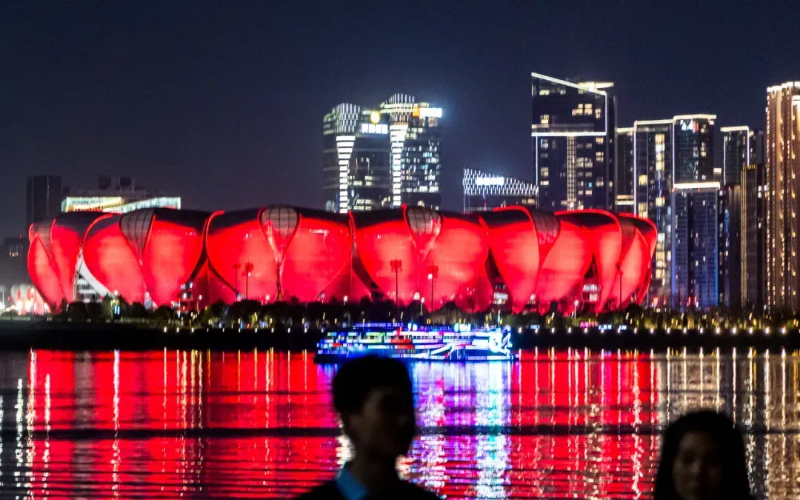
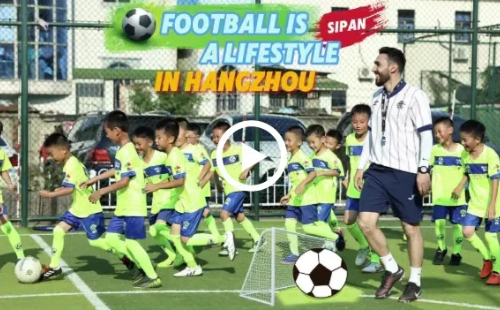

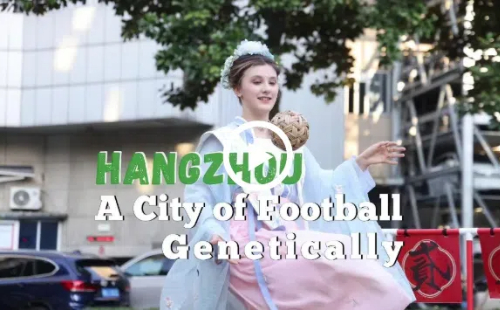 play
play